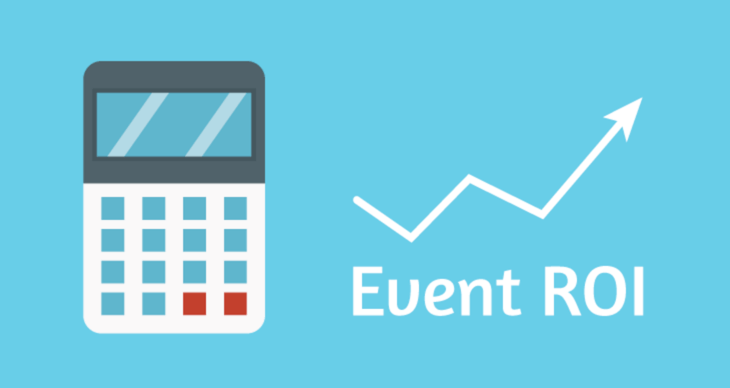As it is with any form of marketing, brands invest in it because they expect to gain something valuable in return. Now, this “something” can cover a wide range of prospects from successful brand exposure to the number of generated leads, etc.
As you can imagine calculating the value out of the event marketing venture is not as simple as cranking up some numbers on your calculator. And, this is where Event ROI and Event marketing attribution comes to your rescue.
So, what is ROI?
Return of Investment (ROI) is a simple method of evaluating the return value of a particular event marketing compared to the net investment that went into organizing it.
How do you measure event ROI?
The simplest and also the most accepted model of measuring Event ROI is to divide the net value by the net cost of the event.
Simply put, Event ROI =
Another similar method of measuring Event ROI is the Incremental Revenue model. This model helps you measure the generated profit, rather than simply looking at the total event expense and revenue.
Incremental Revenue ROI =
These are two of the simplest model of measuring ROI. But, these are only helpful for events that are targeted towards generating sales, either through registration or product sales themselves.
Event Marketing Attribution
Event marketing attribution is more like conducting in-depth research to understand the root cause of the outcome. In simple words, it helps you establish a relation between the event and the revenue.
There are four standard models of measuring Event Marketing Attribution.
- First-Touch model
In this model, the final return is attributed to the source of the marketing initiative that prompted them to interact with your company. The initiative could be a blog post, social media post, or any other form of promotional content.
Example: If a person visits your website through a blog, and finally attends the event, the entire credit is attributed to the blog.
- The Lead-touch model
In the lead-touch model, the return is attributed solely to the marketing initiative that stimulates a person to covert and causes awareness about your company.
Example: If a random person visits your website and provides personal information to make use of your service (download contents) and finally attends the event after your invitation, the credit is attributed to your website.
- The Last-Touch Model
In this model, the return is attributed to the action that a person takes immediately before becoming a customer.
Example: If a person comes in contact with your website by submitting their information to access your service, downloads a webinar, and attends the event before finally becoming a customer. In such cases, the event will take the credit of the generated return.
- The W-Shaped Model
In the case of a w-shaped model, the return is shared amongst different marketing initiatives. The percentage of credit is attributed according to the degree of the contribution that they make.
- 30% for first-touch (example: a blog post)
- 20% for lead-creation (example: ebook)
- 20% for lead-follow-up(example: webinar)
- 30% for opportunity-creation (example: the event)



11 thoughts on “Measuring Event ROI and Event Marketing Attribution”
Comments are closed.